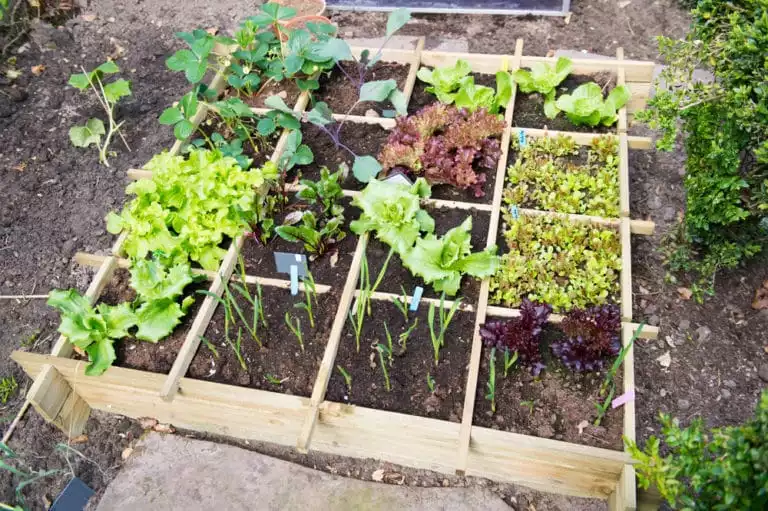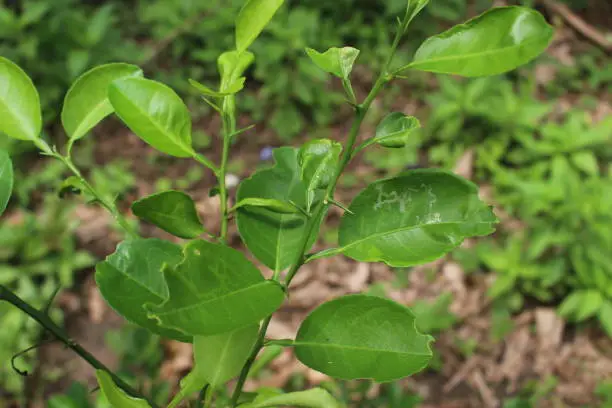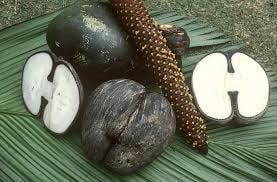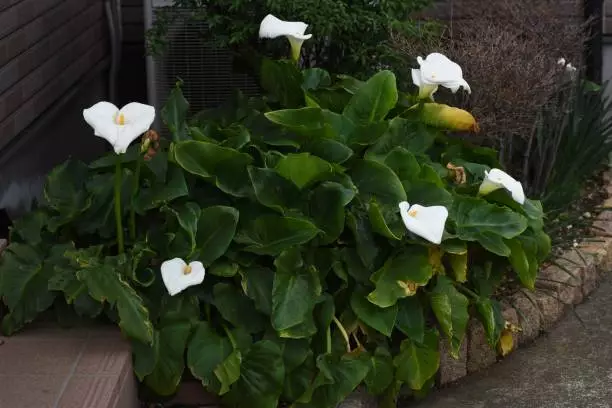Why is it important to add coffee grounds to your garden? Coffee grounds add organic matter and improve drainage and aeration of the soil in your garden. They also contain essential minerals that encourage the growth of healthy roots, plant tissues, and chlorophyll production.
There are two types of coffee grounds:
- Raw coffee grounds: these are fresh acidic residues with no additives.
- Used coffee grounds: this is the end product after composting coffee dregs.
Benefits of Coffee Grounds to Plants
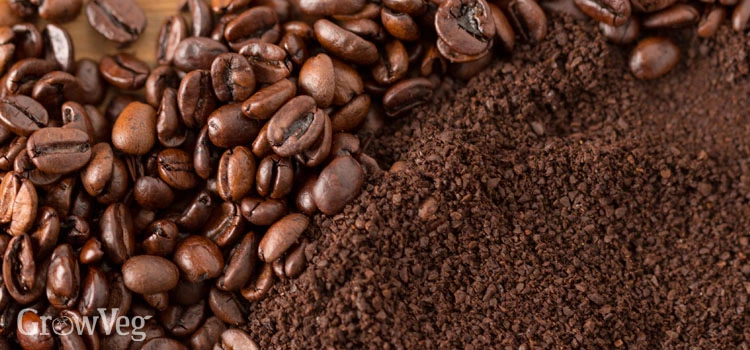
Coffee dregs contain nutrients that are beneficial to plants. But, it is vital to note that coffee grounds do not support the healthy growth of all plants. Coffee grounds are naturally acidic and only acid-loving plants thrive well. Composting coffee grounds neutralizes the acidity level. They are making it fit for plants that grow in neutral or alkaline soils.
The following are some of the effective uses of coffee grounds for the benefit of the plants:
Coffee grounds are like organic fertilizer
Coffee dregs comprise a respectable volume of key nutrients. The nutrients include nitrogen, potassium, iron, calcium, chromium, magnesium, and phosphorus. Plants depend on these essential minerals for optimal healthy growth. As plants grow, they absorb nutrients from the soil, leaving it depleted. So, coffee grounds are the best alternatives for enriching nutrient-depleted soils.
Using coffee grounds as nourishment, sparingly sprinkle them onto the soil around the plants. Coffee grounds enrich the soil by adding organic matter. The organic matter helps in improving drainage, soil aeration, and water retention. Yet, it is key to note that coffee dregs do not add nitrogen immediately into the soil. So, if the soil has low levels of nitrogen you can use an alternative to enhance nitrogen levels.
Coffee grounds are a natural pesticide
Coffee grounds contain toxic compounds, diterpenes, and caffeine that repel pests and insects. Two theories explain the repellent effects of coffee grounds:
- The coarse texture of coffee grounds keeps away pests, especially slugs and ants.
- The toxic compounds that keep at bay pests and insects such as mosquitoes and fruit flies.
To use grounds as a natural pesticide. Scatter them in the garden around the plants or set them in a bowl and place them in outdoor seating areas.
You can use coffee grounds as a mulch
Mulching is beneficial to plants. Coffee grounds make an excellent mulch for plants. But, it would help if you handled coffee grounds with care. To avoid causing detrimental effects to the plants. Also, adding coffee grounds straight into the soil can lead to stunted growth. Nitrogen inhibits germination and even suppresses the plant’s growth. So, always mix coffee grounds with other materials to achieve a beneficial mulch.
Also, coffee grounds particles are prone to locking like clay soil. Locking inhibits enough water penetration, leading to water deprivation and the plant’s death. Therefore, sprinkle coffee grounds on the topsoil layer to avoid the locking of particles.
Add them to your compost
In composting, coffee grounds are an essential ingredient. In previous studies, coffee grounds enhance nutrient levels and reduces greenhouse gas emissions. Coffee grounds release nutrients into the soil, enriching the end product, humus.
The mixture of coffee grounds creates a rich compost high in nitrogen. Composting lessens the acidity levels of coffee grounds. Making the compost suitable for plants that thrive in high pH levels.
Coffee grounds are a great worm feed
Adding coffee grounds to your vermicomposting bin attracts worms. Coffee grounds make the other ingredients in a worm bin tastier. Also, the gritty texture of coffee grounds helps the worm’s gizzards with digestion. Adding large amounts of coffee grounds makes the worm’s bin too acidic.
Low pH levels affect negatively by burning the worms’ skin. To avoid this, always use a pH test kit to ensure that it ranges between 6.0 and 8.0. The level at which worms thrive well. If the pH level is below 6.0, add crushed eggshells into the worm bin to neutralize the acidity levels.
List of Plants that Like Coffee Grounds
Coffee dregs are an essential source of vital minerals. The minerals boost the development and growth of healthy and strong plants.
Also, using coffee grounds is an easy and affordable way of enriching the soil with organic matter. Raw coffee grounds are naturally acidic and only favor acid-thriving plants.
But, you can neutralize the acidic levels by composting or using crushed eggshells. There is a wide range of plants that like either raw or used coffee grounds.
Plants that like coffee plants fall into four groups:
- Edible crops and vegetables: Tomatoes, carrots, blueberries, radishes, and strawberries.
- Flowers: lilies, roses, trillium, daffodils, hydrangeas, camellias, and Japanese iris
- Shrubs: azaleas gardenias, holly, fothergillas, and rhododendrons
- Trees: Beech, pin oak, willow oak, dogwood, and magnolia
Edible crops
Some vegetables and fruits thrive well in acidic. Here is a few examples of vegetables and fruits that love coffee grounds:
Tomatoes: Composted coffee grounds are an excellent medium to grow healthy tomatoes. This is because coffee grounds are rich in nitrogen. Nitrogen aids in the development of healthy roots, tissues growth and chlorophyll production. Tomatoes do not thrive well in raw coffee grounds.
Carrots and Radishes: Tubers such as carrots and radishes flourish well in coffee grounds. Mixing coffee grounds with soil at the planting process helps in the production of strong tubers.
Berries: Coffee grounds release high levels of nitrogen that is quite beneficial to blueberry and strawberry plants.
Shrubs and trees
Almost all evergreen plants and shrubs thrive well in acidic soils. Therefore, you can use coffee grounds to lower the pH levels and enhance nutrients availability for your shrubs and trees.
Flowers
Most flowers are ericaceous (acid-loving). The below list highlights a few types of flowers that thrive well in coffee grounds.
Japanese iris: the Japanese iris flower flourishes well in acidic swampy poor draining soils. If unsure of the soil’s acidity level, add coffee grounds to raise the pH levels to the desired levels.
Trilliums: trilliums blossom well in moist, well-draining acidic soils enriched with organic matter. Coffee grounds provide all the four primary requirements for proper growth of trilliums.
Roses: Roses flourish well in a considerable amount of coffee grounds. Moderate amounts of coffee grounds attract worms that loosen the soil for aeration. Large amounts of coffee grounds can burn and kill your plants.
Trees
Magnolias: Magnolia trees are one of the the trees that flourish in acidic soils. This is why some people with alkaline soil are drawn to the thought of scattering coffee grounds around their magnolia trees.
Pin Oak: Coffee grounds are diverted from the dump and used on the garden in Austin, Texas. The technique, called Ground to Ground, recommends mixing up to 25% of the coffee grounds into the garden soil.
References
- Oregon State University, Extension Services: gardening/techniques/coffee-grounds-composting
- The University of Arizona, Cooperative Extension: using-coffee-grounds-garden
